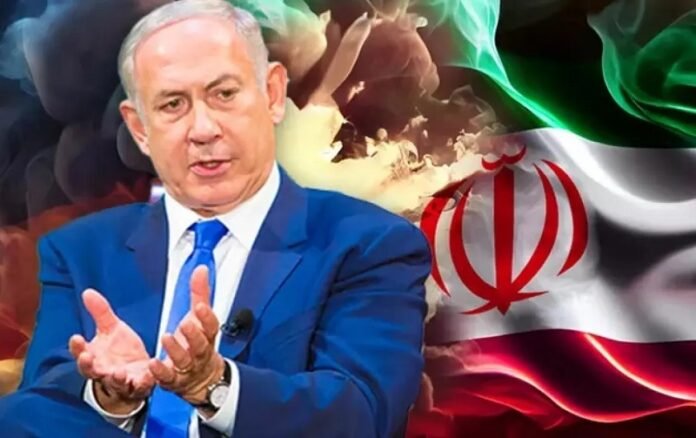Between Tel Aviv and Tehran, a silent but fierce struggle is unfolding—not only through political influence and regional alliances but through a quiet nuclear arms race and a reshaping of power in the Middle East. Meanwhile, Arab states and peoples appear as mere spectators—or worse, passive accomplices—in a battle that directly determines their future.
Who really holds power in the region, and who ultimately pays the price?
The Iran–Israel confrontation is not just another chapter in the region’s power struggles—it reflects a deeper global realignment. In a post-Ukraine war context, with the U.S. scaling back its direct engagement in the Middle East, regional players are seeking new deterrents. Reports from the International Atomic Energy Agency (IAEA) confirm that Iran has enriched uranium at levels sufficient to build nuclear weapons in a matter of months. Israel, on the other hand, maintains its policy of “strategic ambiguity,” though multiple sources—like the Institute for Science and International Security—estimate that it already possesses between 80 and 200 nuclear warheads.
So where do Arab countries stand in this nuclear equation?
Arab capitals have treated this arms race as if it were a distant, external affair. Yet, it directly impacts their security and sovereignty. Some have rushed to normalize ties with Israel under the banners of technology and modernization, while others quietly align with Tehran, believing it serves their regional interests. In both cases, the outcome is the same: Arab voices are missing in shaping their region’s destiny.
Can the Arab world reclaim its strategic agency?
According to the Stockholm International Peace Research Institute (SIPRI), Arab countries remain overwhelmingly dependent on imported weapons—over 90% in most cases—while domestic defense industries remain weak, underdeveloped, and often restrained by external political pressures.
Are we witnessing a nuclear-age Sykes-Picot, drawn with warheads instead of ink?
Without a unified Arab vision or strategic autonomy, the region continues to be divided and shaped by outside powers. Which begs the question: Will Arabs continue to be divided and served as the meal, or will they finally reclaim their place at the table where their fate is decided?




